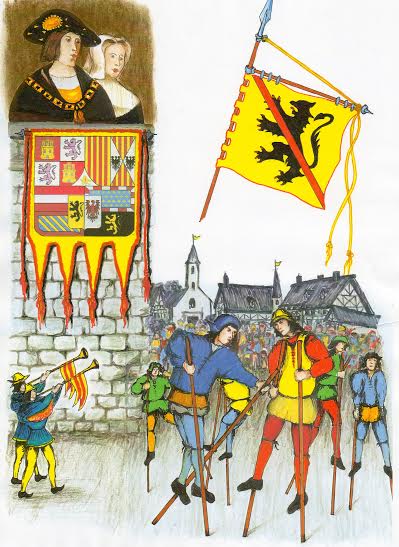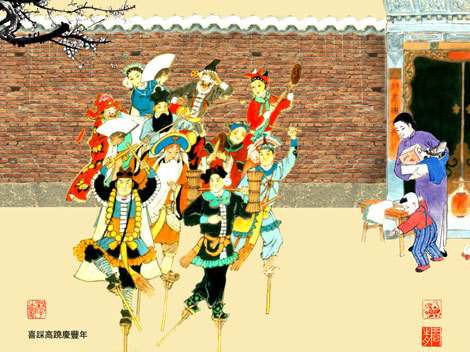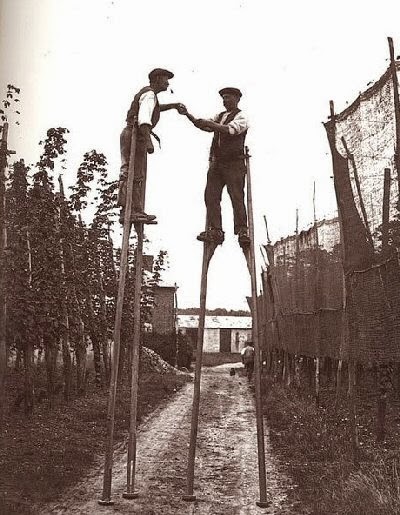Welcome to St. Louis Stilt Walkers!
Your Source for Great Stilt Walkers for All Your Events!



St. Louis Stilt Walkers' events are exciting and entertaining. Bring even more fun to you event with our other entertainment options like Juggling, Comedy Hypnosis, Face Painting, Sideshow, and Magic. We are sure you will agree, Circus Kaput does great events in Missouri and Illinois.